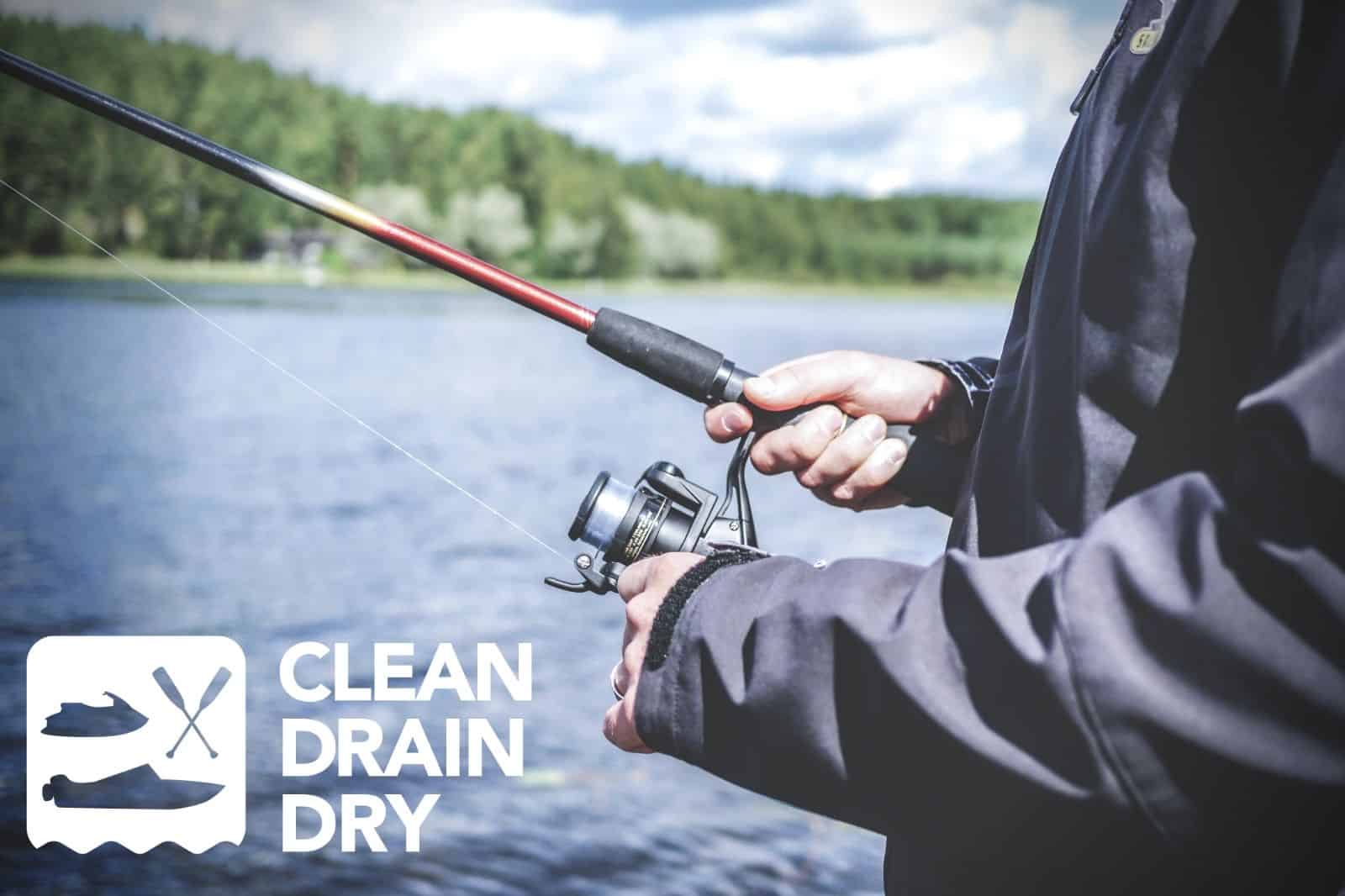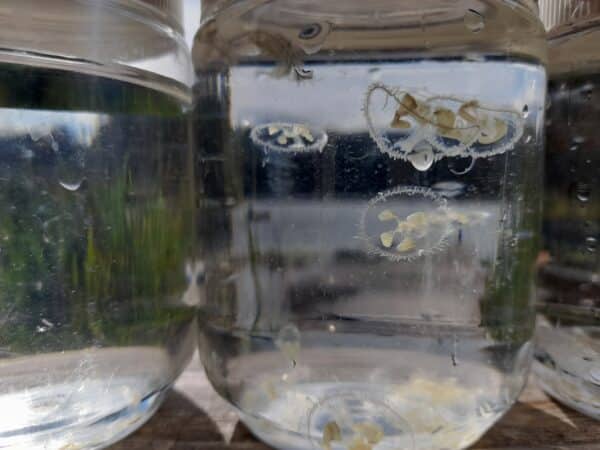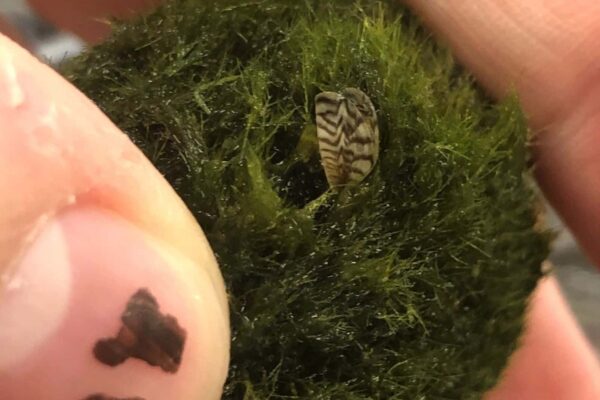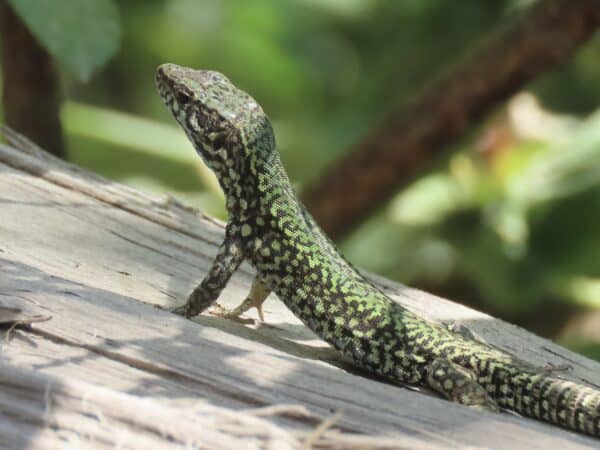For immediate release
Five Aquatic Invasive Species Every Angler in BC Should Know About
March 24, 2020: Recreational fishing is a favorite pastime for many residents and visitors to British Columbia. It provides substantial social, cultural and economic benefits to BC; therefore, locals and visitors alike have an important part to play in conserving our aquatic ecosystems and native biodiversity for future generations. In 2020, the Invasive Species Council of BC is reminding anglers to Clean Drain Dry all boats and gear to prevent the spread of aquatic invasive species within BC’s waterways.
With a wealth of lakes and abundant aquatic resources, BC is a popular fishing destination. Nearly 341,000 resident and non-resident fishing licenses were issued in BC in the 2018/2019 season. This vast number of avid anglers play a critical role in helping identify and prevent the introduction and spread of aquatic invasive species.
Five species you should know!
Aquatic plants such as Eurasian watermilfoil and Parrot’s feather which grow very rapidly, can reproduce from a single plant fragment and can create dense tangled mats at the water surface. These dense mats reduce waterflow and prevent the penetration of sunlight, creating stagnate, degraded habitat and greatly reduced oxygen levels for native aquatic species. These invasive species spread easily when currents, boat propellers, trailers or fishing gear carry plant fragments to new waterbodies.
Plants are not the only invasive species that need to be prevented and managed. Several freshwater fish are also spreading throughout BC, causing ecological havoc for native species and ecosystems. Smallmouth bass and Largemouth bass have likely been intentionally introduced to waterbodies for sport fishing purposes, likely originating from the U.S. via the Columbia River system, further compounding the threat. While Northern Pike is native to Northern B.C., its presence in the southern part of the province is well-outside its native range and is predicted to have substantial negative impacts within BC’s southern waterways. Each of these three invasive fish species have been shown to consume small native fish populations, including the already at peril, juvenile salmon. To learn more about these aquatic invasive species please visit our website at bcinvasives.ca.
The consequences of accidental or intentional introductions of invasive species are serious with fines of up to $100,000 for first offenders and prison sentences for repeat offenders. It is through responsible stewardship of our aquatic resources that we can ensure their health for generations to come. Therefore, it is important, as an angler, to always:
CLEAN off all plant parts, animals, and mud from your boat and gear (e.g. boots, waders, fishing gear).
DRAIN all water from your boat and gear onto land. This includes all internal compartments, bait buckets, wells, bilge, ballast, etc. Pull the plugs!
DRY all parts of your boat and gear completely before moving your boat.
All anglers can help protect BC waters from the west coast to the Rockies by ensuring they Clean, Drain and Dry their watercraft and gear after leaving a body of water. Be sure to report all suspected invasive species by visiting www2.gov.bc.ca/invasive-species or by downloading the Report Invasives app.
To report any suspicious activity or for watercraft that have been operated outside of BC, AB, WA, ID, OR, or WY, please contact the BC Conservation Officer Service R.A.P.P. Hotline at 1-877-952-7277 prior to entering BC waters. Additionally, all watercraft must stop at open designated watercraft inspection stations in BC. It’s the LAW. Sightings of zebra or quagga mussels must be reported to the R.A.P.P. hotline.
About the Clean Drain Dry program in BC:
The Canadian Council on Invasive Species is pleased to work in partnership with the Invasive Species Council of BC and with funding from Fisheries and Oceans Canada in launching the Clean Drain Dry program in BC, as the foundation for a national program. The project aims to encourage boaters and aquatic recreationists, who play a critical role in protecting local watersheds from invasive species, to Clean, Drain, and Dry all boats and equipment. Over a three-year pilot term, resources, signage and a social and digital media campaign will be designed to shift the behaviour of boaters and aquatic recreationists to encourage the practice of Clean, Drain, and Dry.
About the Invasive Species Council of BC:
ISCBC is dedicated to keeping our landscapes and communities free of invasive species. It provides a coordinated, province-wide approach to reducing the impact of invasive species in BC. The ISCBC unites efforts across the province and collaborates with a variety of partners to develop unique solutions for the wide variety of ecosystems across BC.
About the Canadian Council on Invasive Species:
The Canadian Council on Invasive Species works collaboratively across jurisdictional boundaries to support actions and information that can help reduce the threat and impacts of invasive species. Invasive species councils, committees, and coalitions representing provinces and territories across Canada established this federal society to work together to reduce the impact of invasive species across the country.
For media information, please contact:
Gail Wallin
Executive Director, Invasive Species Council of BC
gwallin@bcinvasives.ca
250-305-9161
Share





